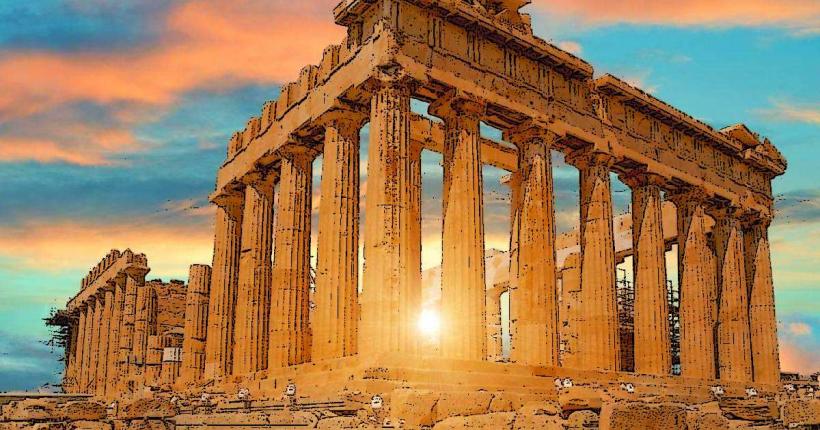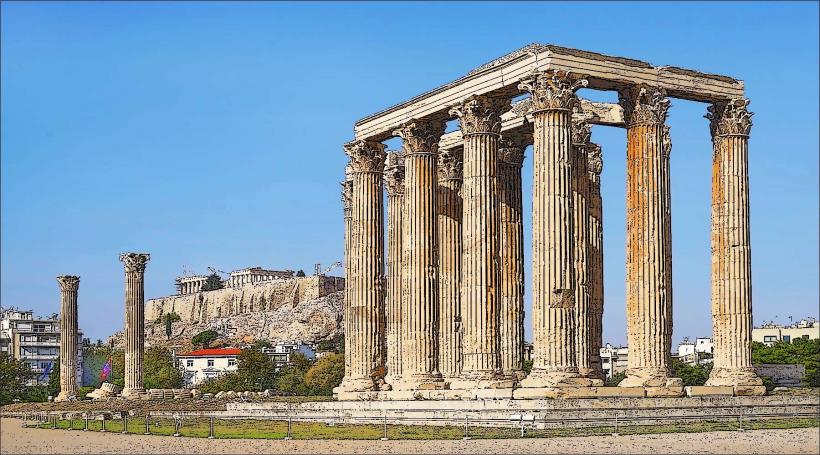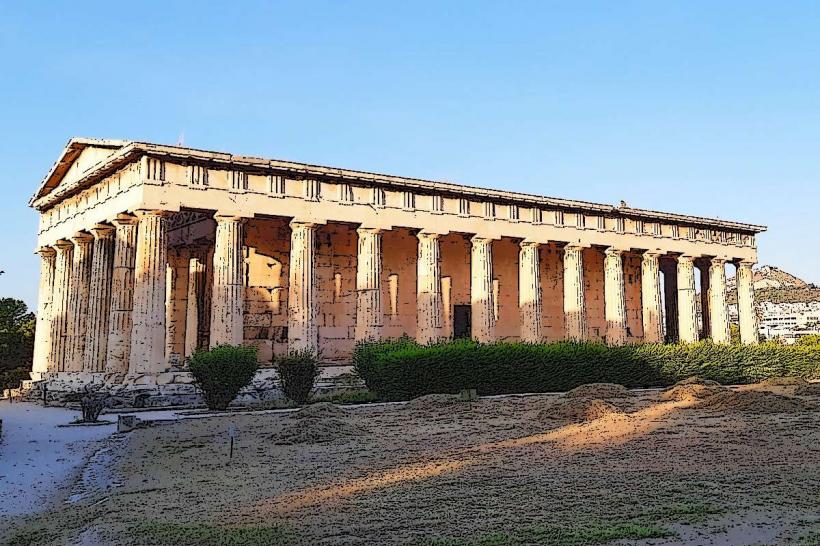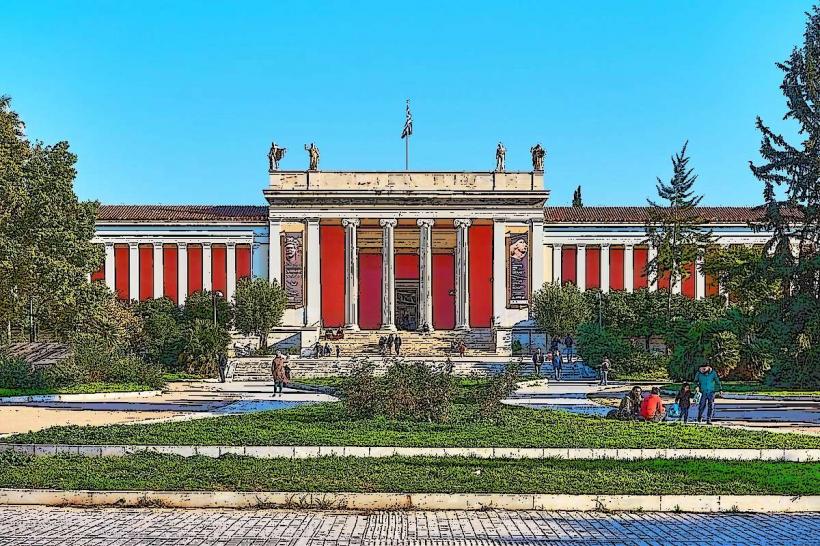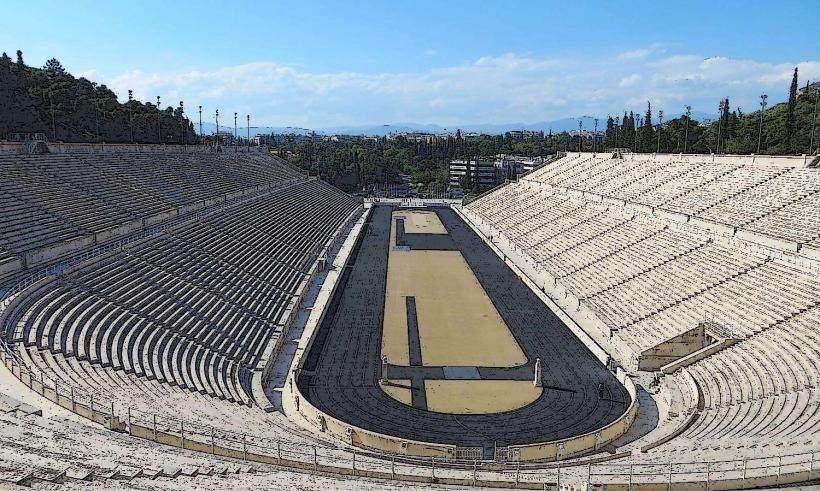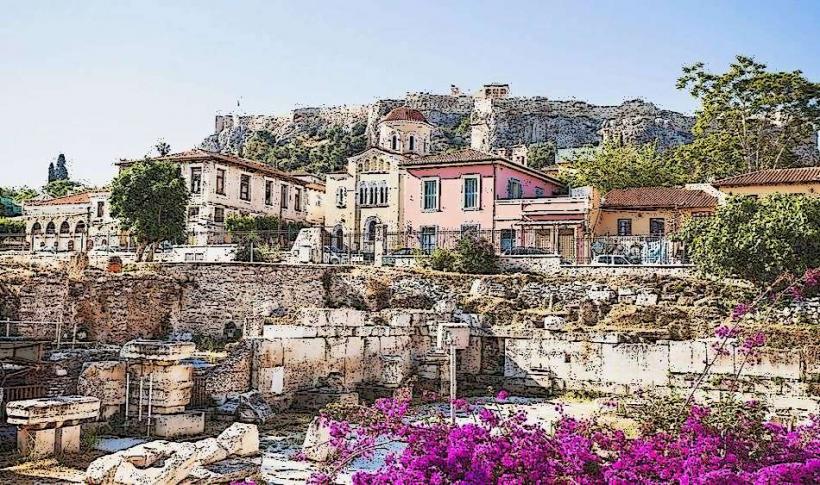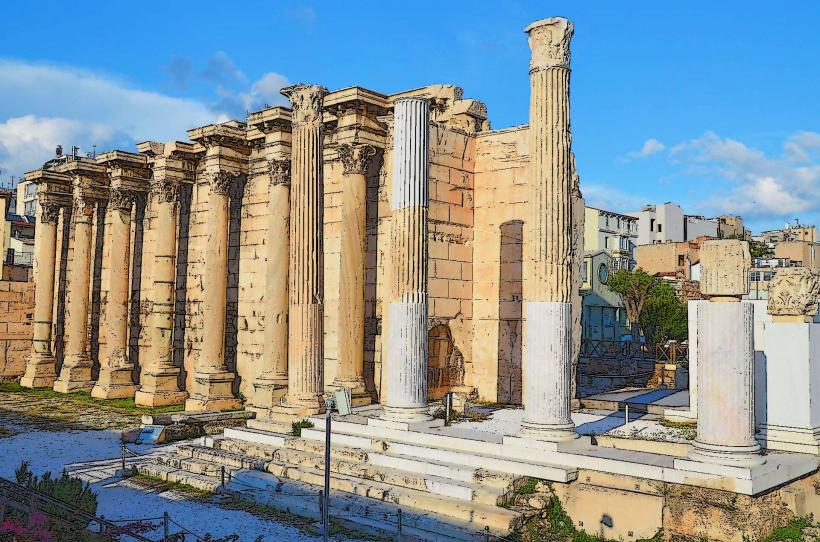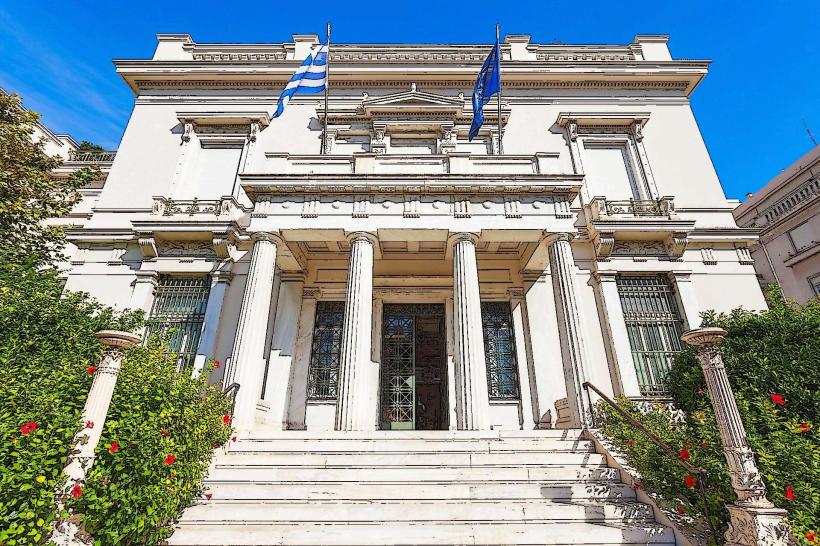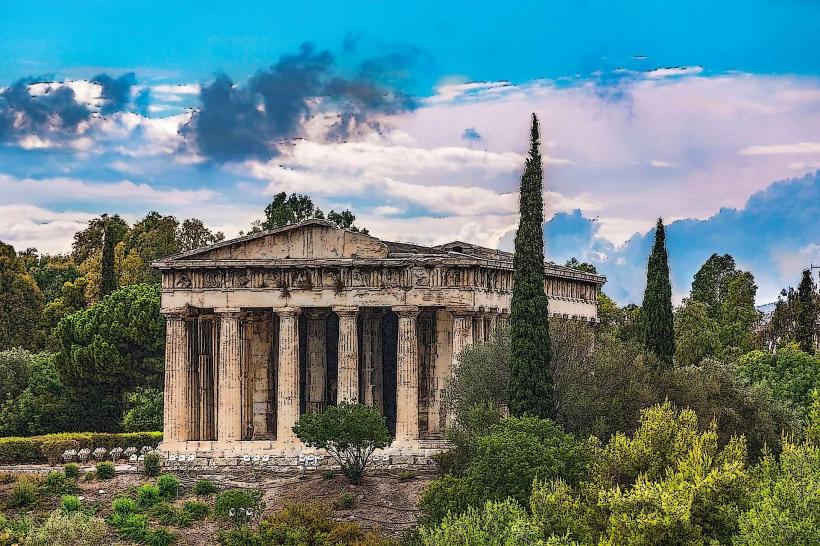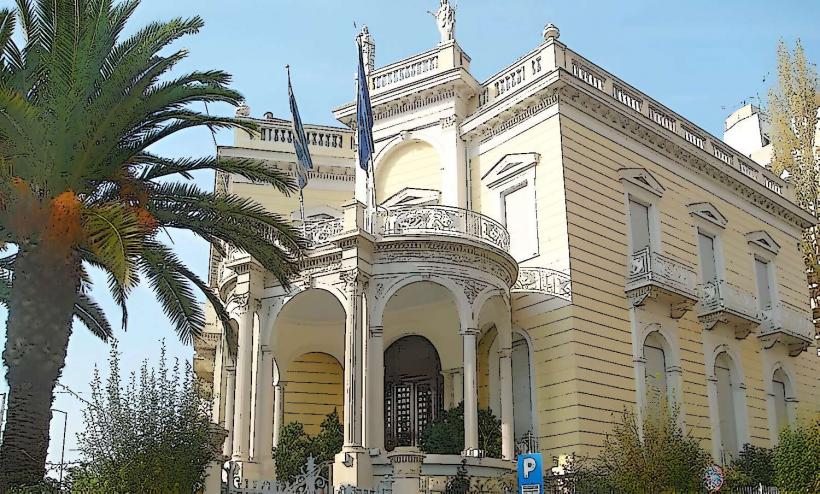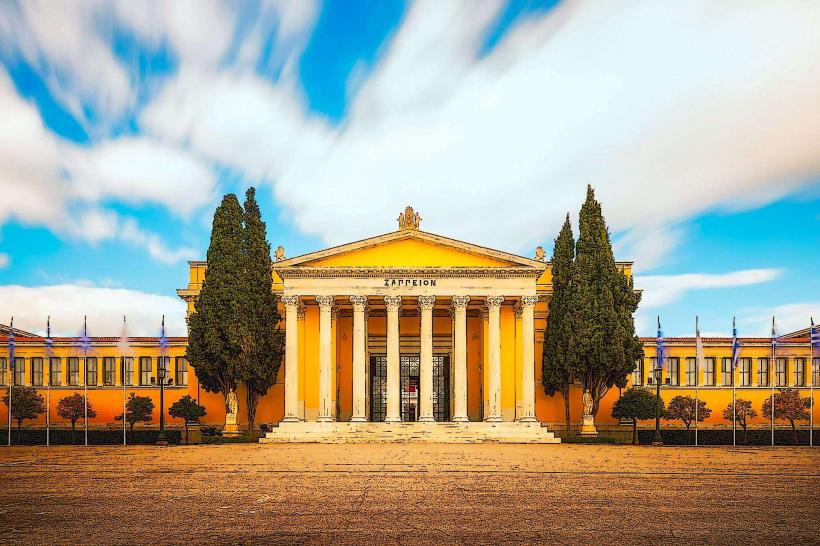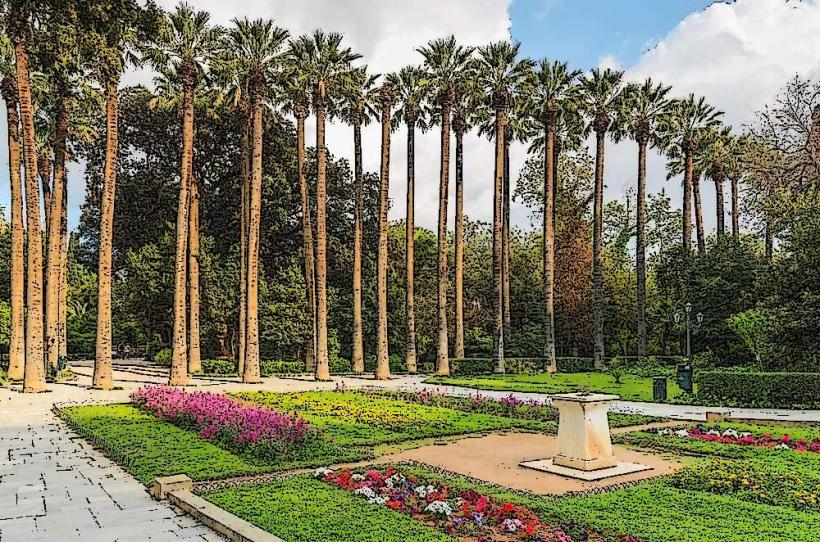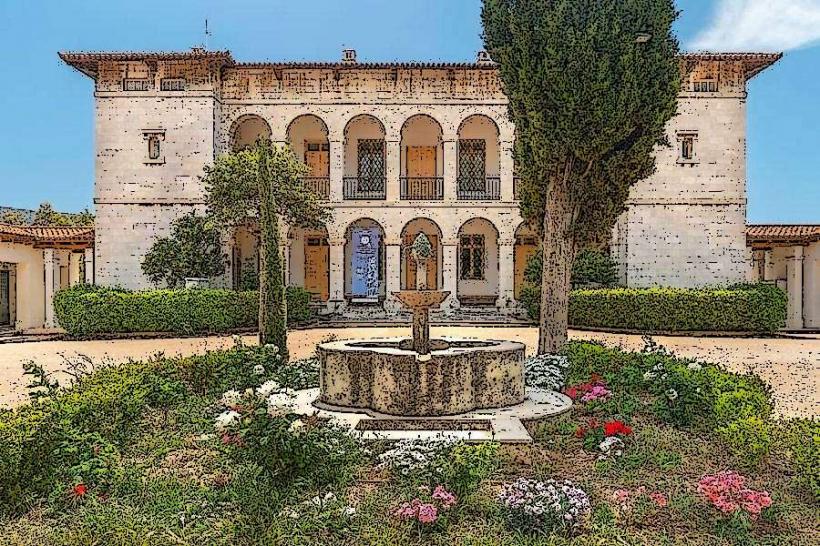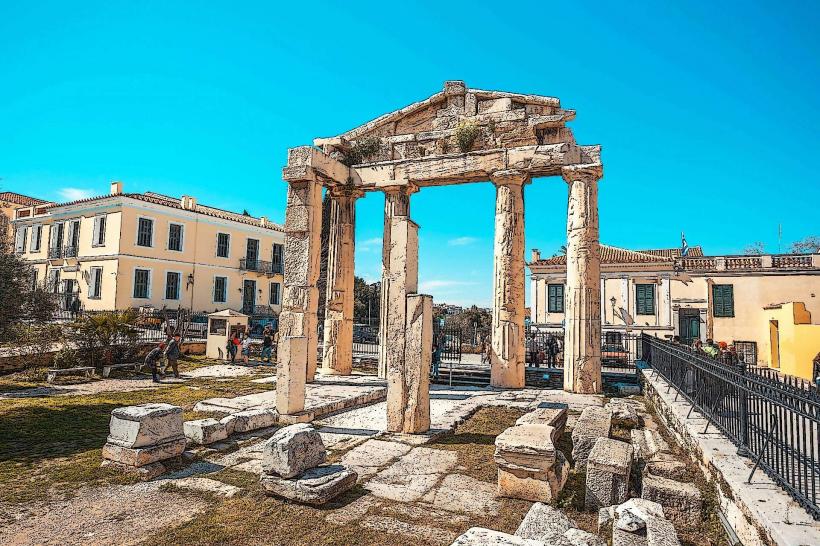Information
Landmark: Acropolis of AthensCity: Athens
Country: Greece
Continent: Europe
The Acropolis of Athens is one of the most famous and important archaeological sites in the world. It is located on a rocky outcrop above the city of Athens, Greece, and has been the center of ancient Greek civilization for thousands of years. The Acropolis is particularly renowned for its architectural, cultural, and historical significance, and it is a symbol of the Classical Greek civilization, democracy, philosophy, and artistic achievement.
Key Features of the Acropolis of Athens:
Historical and Cultural Significance:
- The Acropolis was the center of religious, political, and cultural life in ancient Athens. It was considered the heart of the city and a place of worship dedicated to the gods.
- The term "Acropolis" comes from the Greek words "akros" (meaning "highest" or "topmost") and "polis" (meaning "city"), which is fitting as the Acropolis is situated on a hilltop, rising about 156 meters (512 feet) above sea level.
- It has been continuously inhabited since the Bronze Age (around 3,000 BCE), but its most famous monuments were constructed during the 5th century BCE, particularly under the leadership of Pericles in the Golden Age of Athens.
The Parthenon:
- The Parthenon is the most famous building on the Acropolis and one of the most iconic monuments of ancient Greece. It was built between 447-438 BCE and was dedicated to Athena Parthenos, the goddess of wisdom and the city's patron deity.
- The Parthenon is a Doric temple known for its perfect proportions and classical Greek architecture. It housed a massive statue of Athena, created by the sculptor Phidias.
- The Parthenon was also a symbol of Athens' power, wealth, and cultural influence in the ancient world. It has undergone several modifications and damage over the centuries, including during the Ottoman period when it was used as a mosque and later as a storage facility for gunpowder. It was severely damaged in 1687 during the Venetian siege of Athens.
The Erechtheion:
- The Erechtheion is another important temple on the Acropolis, built between 421-406 BCE. It is dedicated to both Athena and Poseidon, and it is particularly famous for its asymmetrical design due to the uneven terrain of the Acropolis hill.
- The temple is best known for its Caryatids, the six sculpted female figures that replace traditional columns at the temple's southern porch. These figures are iconic examples of Greek sculptural art.
- The Erechtheion is also the site of the mythological contest between Athena and Poseidon for the patronage of the city of Athens, which is said to have been settled by the gift of the olive tree, symbolizing peace and prosperity.
The Temple of Athena Nike:
- The Temple of Athena Nike is a small, elegant temple dedicated to the goddesses Athena and Nike, the goddess of victory. It was built around 427-424 BCE on the southwest corner of the Acropolis and was used to celebrate Athens' military successes.
- The temple is notable for its Ionic architecture and its sculptural reliefs, particularly those depicting scenes of victory and the goddess Nike. The temple's small size and exquisite proportions make it a fine example of classical Greek temple design.
The Propylaea:
- The Propylaea is the monumental gateway to the Acropolis, designed by the architect Mnesicles and built between 437-432 BCE. It was intended to serve as a grand entrance to the sacred site, reflecting the power and majesty of Athens.
- The Propylaea is an impressive structure with Doric columns and Ionic details. The gateway was also originally adorned with painted sculptures that highlighted Athens' achievements, although much of this has been lost or damaged over time.
The Odeon of Herodes Atticus:
- The Odeon of Herodes Atticus is a large theater located on the southwest slope of the Acropolis, built in 161 CE by the wealthy Roman benefactor Herodes Atticus in honor of his wife, Regilla.
- The Odeon was used for musical performances and theatrical events and could hold up to 5,000 spectators. The structure was built with limestone and marble, and its acoustics are still praised today. It remains in use for performances and concerts, and it is one of the best-preserved structures from the Roman period in Athens.
The Acropolis Museum:
- The Acropolis Museum is located at the base of the Acropolis hill and was opened in 2009 to house the many artifacts and sculptures found at the Acropolis site. The museum provides context to the ancient monuments and allows visitors to view objects from the Parthenon, the Erechtheion, and other Acropolis structures in one place.
- The museum is notable for its modern design, which complements the ancient ruins. It is built over the ruins of ancient Athenian houses, which are visible through the transparent floors. It also houses the Parthenon Marbles, although part of the collection remains in the British Museum.
The Acropolis Restoration Project:
- The Acropolis is constantly undergoing restoration and preservation efforts to protect its ancient monuments from further damage. These projects are led by the Greek Ministry of Culture and involve careful cleaning, structural support, and the reconstruction of damaged sections of the Parthenon and other monuments.
- Modern technology, including laser scanning and 3D modeling, is used to document and recreate lost pieces of the structures.
UNESCO World Heritage Site:
- In 1987, the Acropolis of Athens was designated as a UNESCO World Heritage Site due to its historical and cultural significance. It is considered one of the most important archaeological sites in the world and a symbol of ancient Greek civilization and democracy.
Visiting the Acropolis:
- Access: The Acropolis is open to the public year-round, and visitors can walk up the hill to explore the various monuments. It is one of the most visited archaeological sites in the world.
- Opening Hours: The site is generally open from 8:00 AM to 8:00 PM, with extended hours during the summer. It's advisable to visit early in the morning or later in the evening to avoid crowds.
- Admission: Entrance fees apply to access the Acropolis and other related sites, including the Acropolis Museum.
Summary:
The Acropolis of Athens is an iconic symbol of ancient Greek civilization, featuring extraordinary architectural and artistic achievements. Its most famous monuments, such as the Parthenon, the Erechtheion, and the Temple of Athena Nike, represent the peak of ancient Greek architecture and culture. The site is a must-visit destination for anyone interested in history, art, and the legacy of ancient Greece.

